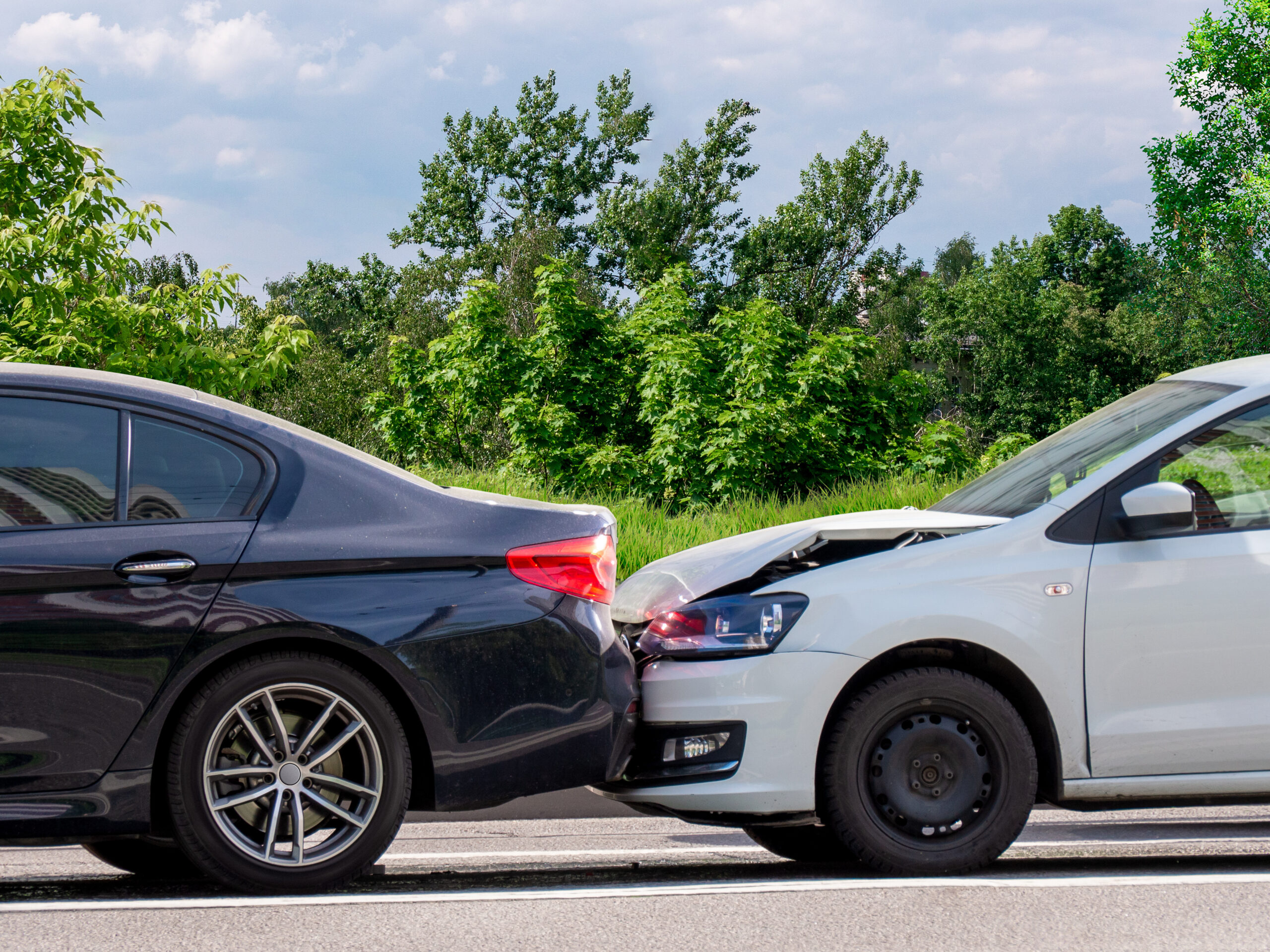We all know car accidents happen every day, but do you know what to do after a collision? With around 5–6 million crashes annually occurring in the U.S., there’s a good chance you may experience one if you haven’t yet. Whether it’s your fault or not, car accidents can come with their share of legal headaches and may even be life-changing depending on the severity of the crash.
In case you find yourself in this situation, here’s a step-by-step guide on what to do after a car accident.
1. Check for Injuries
The very first thing to do is make sure everyone is okay. Check yourself and your passengers for any injuries, followed by the occupants of the other vehicle. If anyone is hurt, call 911 immediately.
Even in low-speed accidents, injuries like whiplash or concussions can occur and may not show symptoms right away. It’s always better to err on the side of caution.
2. Move to a Safe Location
If the accident is minor and the vehicles are still operable, move them to the side of the road or a nearby parking lot to avoid blocking traffic. Turn on your hazard lights and set up emergency flares or cones if you have them.
If the vehicles can’t be moved, stay inside with your seatbelt fastened until help arrives—especially if you’re on a busy roadway.
3. Call the Police
In many states, even minor accidents require a police report for insurance purposes. But regardless of your state’s laws, having an official report can protect you in case of disputes down the road.
When officers arrive, stick to the facts and avoid speculating or accepting blame. Get the name and badge number of the responding officer, and ask how to obtain a copy of the accident report.
4. Exchange Information
You should always swap the following information with the other driver:
- Name and contact info
- Driver’s license number
- License plate number
- Insurance company and policy number
- Make, model, and color of the vehicle
Also, take down contact info for any passengers or witnesses. Don’t rely solely on photos of documents—write the information down or type it into your phone.
5. Document Everything
Use your smartphone to take pictures of:
- All vehicles involved (from different angles)
- Any visible damage
- Road conditions, skid marks, debris, or weather
- Traffic signs or signals nearby
- Any visible injuries
These images may come in handy when filing your insurance claim or if a party disputes what happened.
6. Avoid Admitting Fault
Even if you think the accident was your fault, don’t admit fault. There may be details you don’t know, and accepting blame too early can complicate your insurance claim.
Instead, let your insurance company and law enforcement determine who is responsible.
7. Notify Your Insurance Company
It’s important to report the accident to your insurance provider as soon as possible, even if the damage seems minor and the other driver suggests handling it privately.
Unreported damage can lead to coverage issues, and injuries or car problems may appear days after the crash. Your insurance agent can guide you through filing a claim and help you understand your coverage, deductible, and next steps.
8. See a Doctor
If you feel any pain or discomfort in the hours or days following the accident, see a medical professional. Injuries like whiplash, soft tissue damage, and internal bruising often take time to appear.
Not only is it important for your health, but medical records may also be necessary for your insurance claim.
9. Keep Records
You should always keep all related documentation in one place, including:
- A copy of the police report
- Photos from the scene
- Repair estimates or invoices
- Medical records or bills
- Correspondence with your insurance company
Having everything organized can speed up the claims process and protect you if legal issues arise.
10. Review Your Coverage
Once the dust settles, it’s a good idea to revisit your auto insurance policy. Now that you have gone through this experience, ask yourself if you have enough coverage for future incidents. Would adding rental car reimbursement, roadside assistance, or uninsured motorist protection help you out in the future?
Thankfully, Shop Insurance USA is here to help drivers across the country compare quotes and find the best coverage for their needs and budget. If it’s time to compare your coverage and update your policy, that’s what we’re here for.
